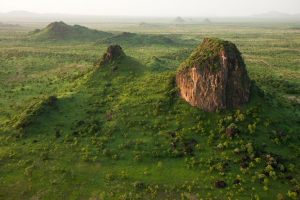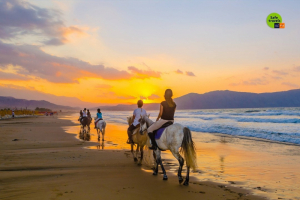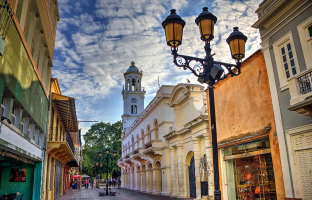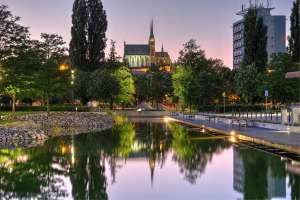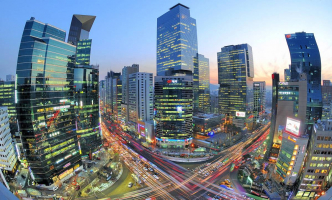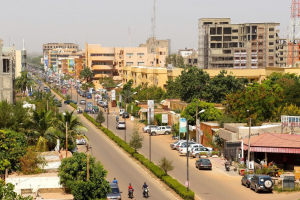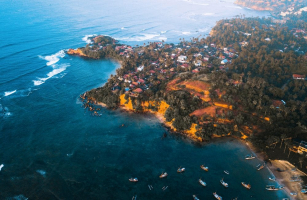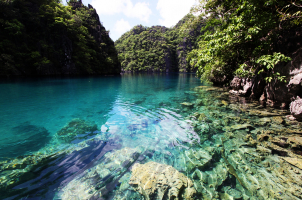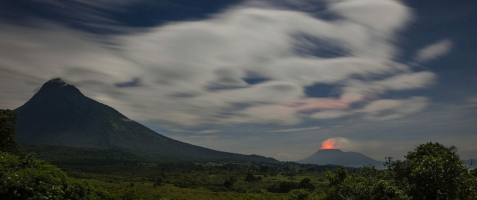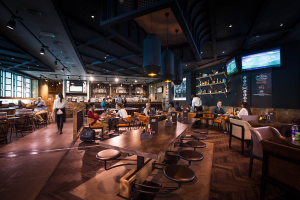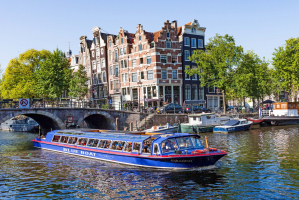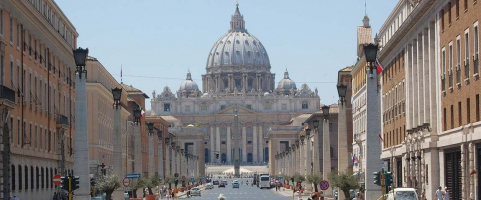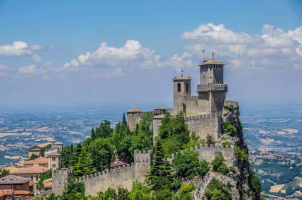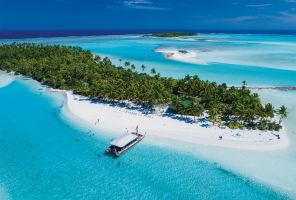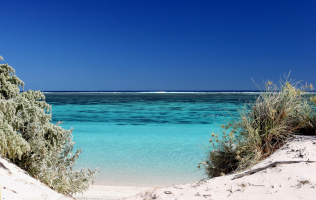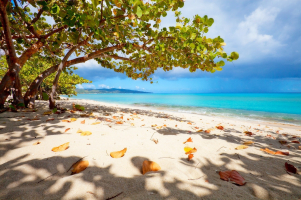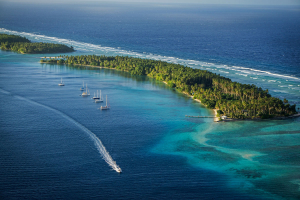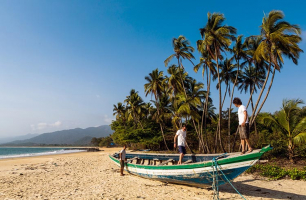Top 12 Things About New Zealand You Should Know
In New Zealand, we do things a little differently because humans make up such a small percentage of the population! Perhaps it's our animal impulses that make ... read more...us so exotic and one-of-a-kind. New Zealand will captivate all of your senses, from the alpine terrain to the glacially-fed rivers, golden sand dunes, and lovely rainforests. What makes New Zealand so unique in comparison to the rest of the globe, aside from its people's raw honesty and humility? So here are 12 things about New Zealand you should know!
-
First and foremost, the Kiwi, our namesake. The kiwi is a unique and curious bird: it cannot fly, has loose, hair-like feathers, strong legs, and no tail. Learn more about the kiwi, the national icon of New Zealand, and the unofficial national emblem. This little guy has been around for about 70 million years and is one of our national treasures. This is one of the things about New Zealand you should know.
This flightless little bird, about the size of a domestic chicken, can lay eggs that are up to 20% of its body weight, making it one of the largest in terms of size to body weight. If you're lucky, you'll see the Okarito Kiwi in a limited area on the West Coast. Kiwi birds, on the other hand, are nocturnal species with poor eyesight, thus seeing them is unusual! They smell out any type of food with their very sensitive nose (their nostrils are situated at the end of their lengthy beaks!). Unfortunately, only 68,000 are left in the wild, and many sanctuaries are committed to helping their numbers grow.
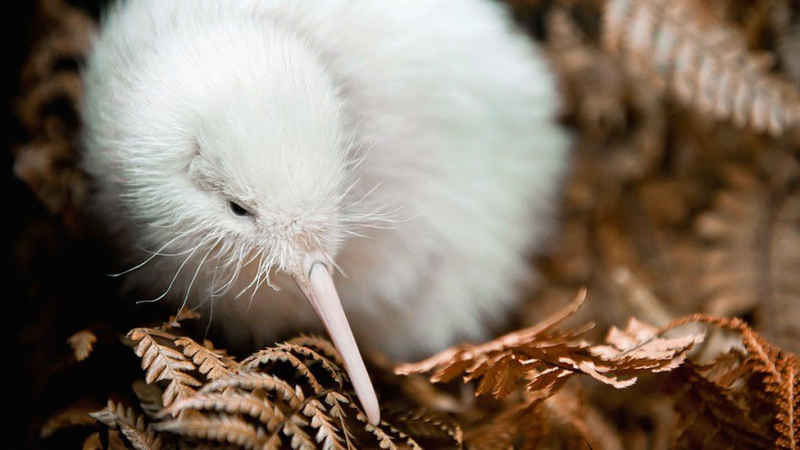
Source: newzealandtravels.com 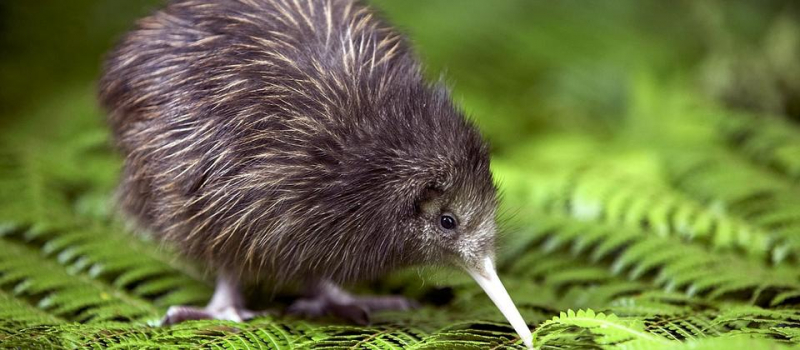
Source: flickr.com -
"Taumata whakatangi hangakoauau o tamatea turi pukakapiki maunga horo nuku pokai whenua kitanatahu," which translates to "the place where Tamatea, the man with the big knees, who slid, climbed, and swallowed mountains, known as 'land eater,' played his flute to his loved one," is a small hill near Porangahau in Hawk Taumata Hill is how the locals refer to it.
Tamatea was a legendary warrior and chief. He came upon another tribe while traveling through the back of Porangahau and had to fight them to get past. His brother was killed in the fight. Tamatea was so distraught about his brother's death that he stayed at the battleground for several days. He would sit on the hill every morning and perform a lament on the koauau, or Maori flute.
Driving south from Waipukurau for about 55 kilometers, turn right onto Wimbledon Road to find the hill. About five kilometers down the road is a sign indicating the name. This is a fantastic photo opportunity. Because the location is on private property, you must first obtain permission before walking there.
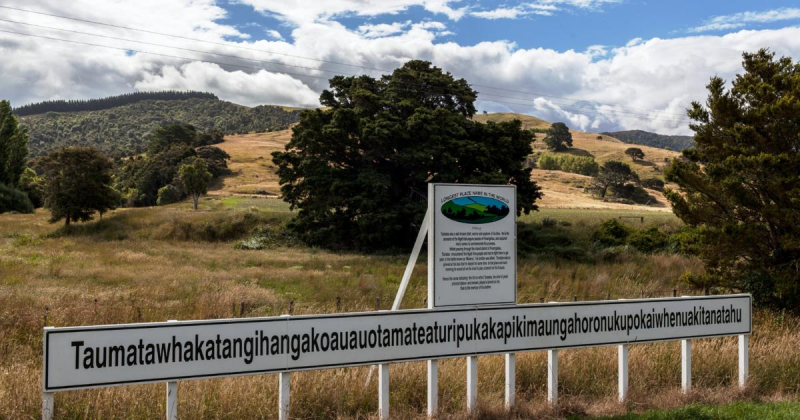
Source: stuff.co.nz 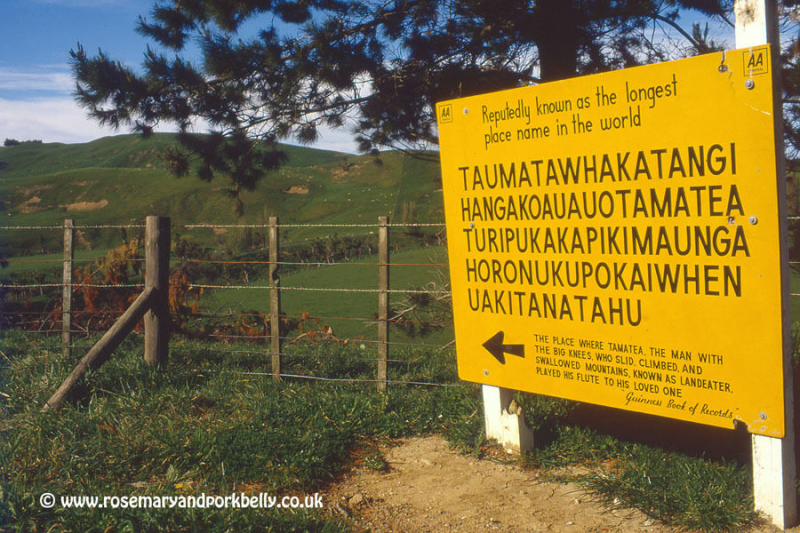
Source: atlasobscura.com -
New Zealand is a golfer's paradise, with over 390 courses scattered around the country, many of them in breathtaking locales, and just 105,000 members, you'll have no trouble getting a tee time. The golf is not only beautiful, but it is also reasonably priced, with green fees as low as $10. A handful of world-class courses have opened in the last two decades to outstanding acclaim. From one end of the country to the other, people have rounded together some of the greatest and oddest.
You should check out the famous Cape Kidnappers Golf Course while we're in Hawkes Bay. The rustic clubhouse is a nice place to stop by and observe the cliff-top vistas, with its unique bunkers and greens. While rugby is a popular sport in New Zealand, golf is the most popular sport. It's no surprise that New Zealand has more golf courses per capita than anyplace else in the world, thanks to our world-class landscapes that are ideal for golf courses. Even a golf course at the summit of Queenstown's Cecil Peak can only be reached by helicopter... It is one of the things about New Zealand you should know.
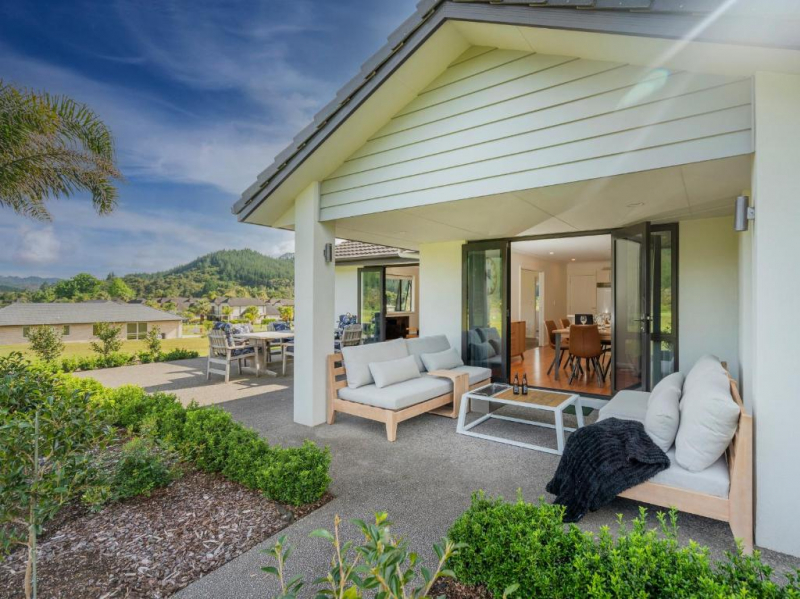
Source: atlasobscura.com.nl 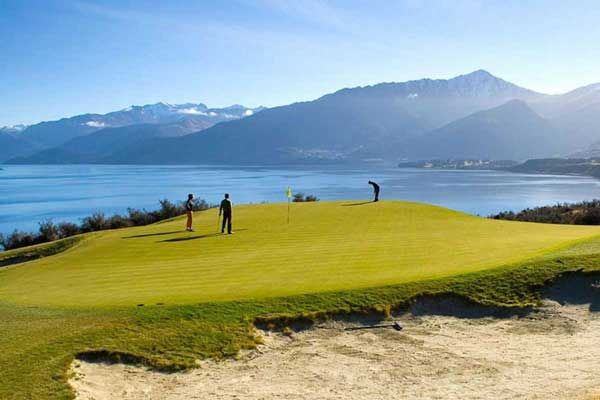
Source: flickr.com -
Have you heard of jet boats before? They pull water from behind the boat and eject it from the back of the craft, unlike typical boats that use an external propeller. Jet boats were invented in the 1950s by William Hamilton to cross New Zealand's swift and shallow rivers. They can operate in as little as 7.5cm (3 inches) of water and turn quickly in tight locations like gorges. This is one of the things about New Zealand you should know.
Visitors to New Zealand who enjoy watersports can be assured that they will never be more than 128 kilometers (100 miles) from the ocean. Our summer and winter temperatures will be fewer than 10 degrees apart, thanks to the cooling action of the ocean. There's no excuse not to appreciate the beauty of New Zealand waters, whether they're fresh lake water or salty ocean water, from kayaking to jet boating.
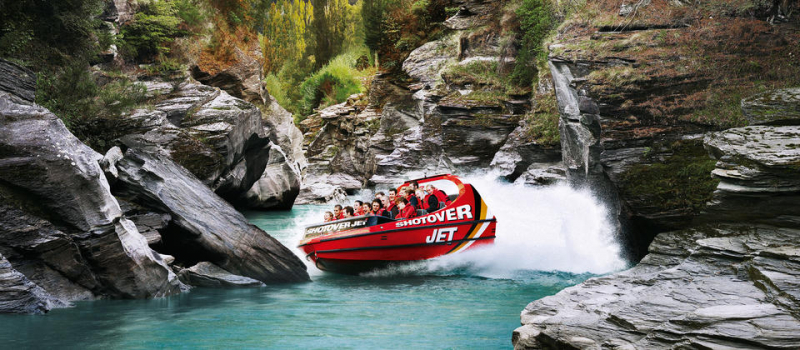
Source: lifenroots.com 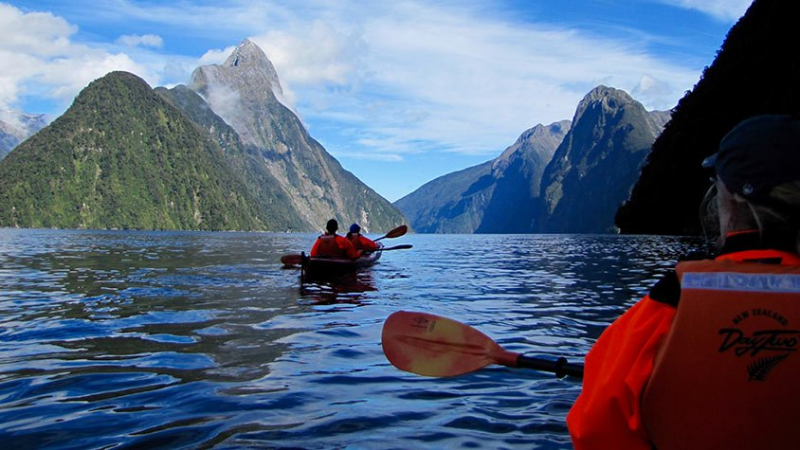
SOurce: gigaplaces.com -
A mature female Hector's dolphin was discovered dead in Fiordland's Milford Sound. The Department of Conservation (DOC) claimed the animal had been sent away to be inspected because there were no visible symptoms of death. While other dolphin species have been spotted in the sound, sightings of Hector's, whether dead or living, are uncommon, according to the DOC. It stated that while they lived on the West Coast, they rarely traveled this far south. With a population of roughly 10,000, Hector's were considered nationally endangered.
The Hector Dolphin, one of our rarest subspecies, may be found off the coast of New Zealand. Keep an eye out for them because they can only reach a maximum length of 1.5 meters. Check out Hector's dorsal fin, which resembles a Mickey Mouse ear and is more curled than other dolphin species. This is one of the things about New Zealand you should know.
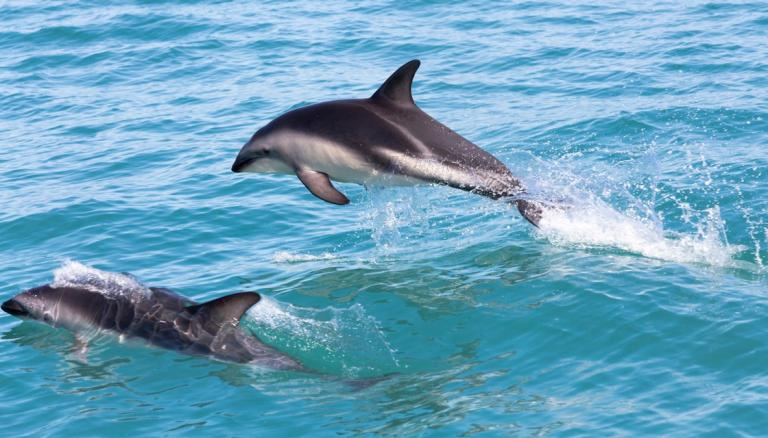
Source: tdaglobalcycling.com 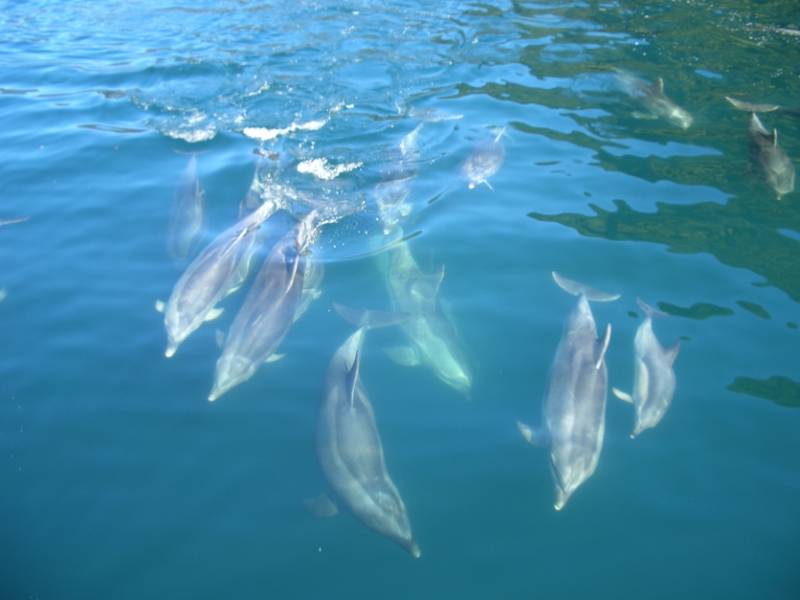
Source: nzpocketguide.co -
A mature female Hector's dolphin was discovered dead in Fiordland's Milford Sound. Takaka is in the Nelson Tasman area, at the southern end of Golden Bay. It's a town full of personality, with a community that includes many alternative lifestylers. There's a small museum, a movie theater, and plenty of stores and cafés to choose from. Backpacker lodges, bed and breakfasts, and homestays are all available in the town for a reasonable price. Takaka is a nice place to stock up on supplies if you're planning a hike in Kahurangi National Park. Te Waikoropup Springs, New Zealand's largest freshwater springs, and an art trail that will reveal the region's inventiveness are also nearby.
At Waikoropupu, near Takaka in the Nelson Province, more than 21 million liters of pure water emerge from the ground every 24 hours from fractures in the limestone. Locals refer to the spring as 'Pupu Springs,' and it is the Southern Hemisphere's largest coldwater spring system. Agriculture and sawmills are also popular in this mineral-rich community. Here is one of the things about New Zealand you should know when coming to this country.
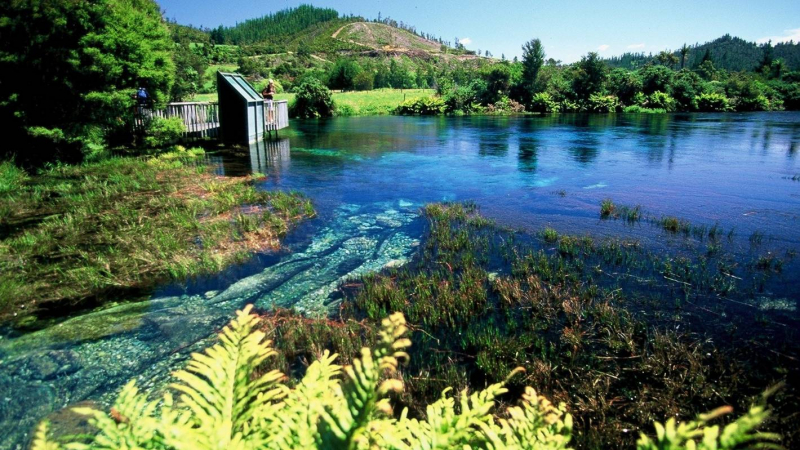
Source: homepage.eircom.net 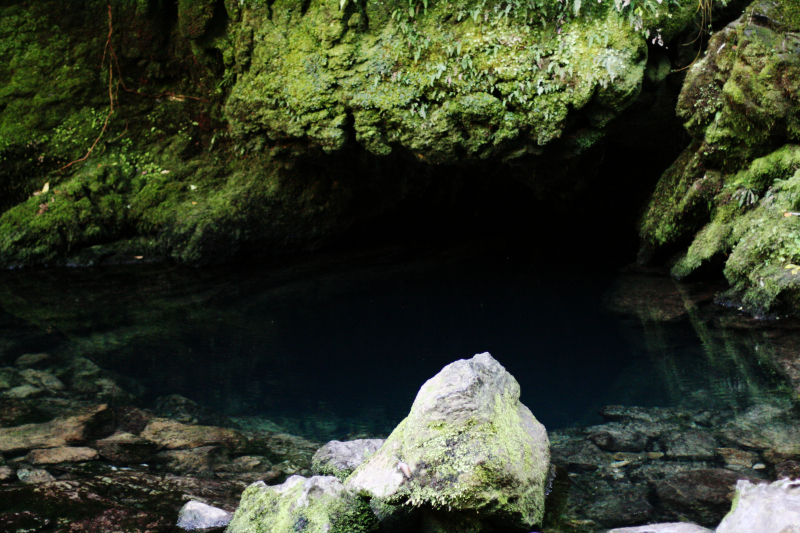
SOurce: worldkings.com -
The Aoraki/Mount Cook alpine hamlet stands beneath New Zealand's highest mountain, among sky-scraping peaks, spectacular glaciers, permanent snow, and all under a stunning star-studded sky. The hamlet itself has a variety of lodging options, including an international-style hotel, hotels, backpackers, and camping. The community is surrounded by the Aoraki/Mount Cook National Park, which spans over 700 kilometers and contains glaciers covering 40% of the country. The town is located at the base of Aoraki/Mount Cook, New Zealand's highest mountain. This spectacular peak, known to Mori as Aoraki or Cloud Piercer, is one of 28 summits in this alpine backbone that reach heights of over 3,050 meters, with hundreds more not far behind, that make up the well-known Southern Alps. This is one of the things about New Zealand you should know.
Mount Cook (Aoraki) National Park, named after New Zealand's largest mountain, is located in the center of the South Island. Mount Cook is Australasia's tallest mountain at 3,754 meters (12,316 ft), and the national park is home to several beautiful hiking paths! Mount Cook was renamed in 1998 to add the Maori term 'Aoraki,' which means 'Cloud-Piercer.' A group of winter athletes skied down Aoraki for the first time lately, and you can see them in the short film 'The Sky Piercer.'
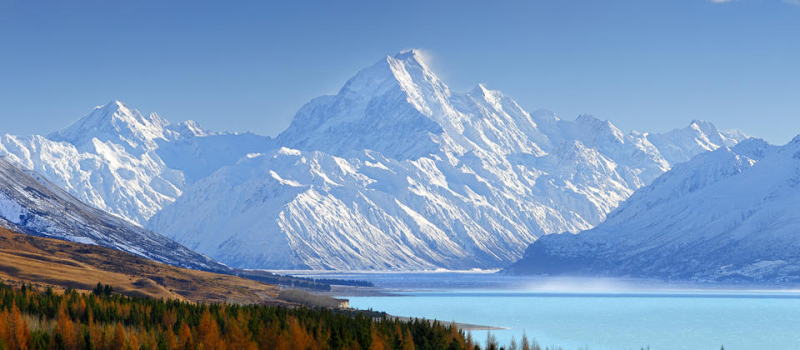
Source: worldatlas.com 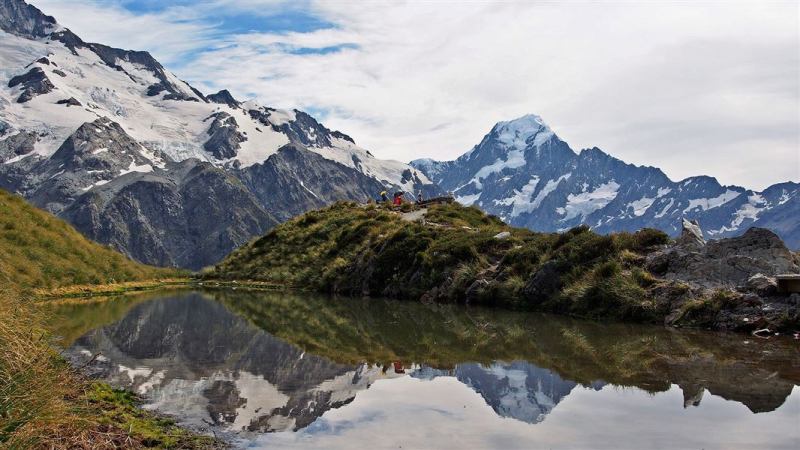
Source: naturespic.com -
The natural beauty of New Zealand is unrivaled. It's a spot where Mother Nature genuinely shows off her greatest assets, with breathtaking mountains, lush jungles, pure lakes, and beaches. Do you want to see everything? Then it's time to embark on one of the Great Walks of the country.
You may explore New Zealand at your own speed, whether you're looking to discover your inner athlete or want to immerse yourself in some of the world's most incredible natural wonders. Here are a few of New Zealand's most beautiful treks to save for when you're ready to go on a walking adventure.
The fact that people have no snakes or dangerous wild creatures is an extra benefit to our breathtaking scenery, pure lakes, and big mountains. People do have one venomous spider but don't worry, the 'Katipo' prefers to hide in the sand dunes and keep to itself. Here is one of the things about New Zealand you should know before traveling to this country.
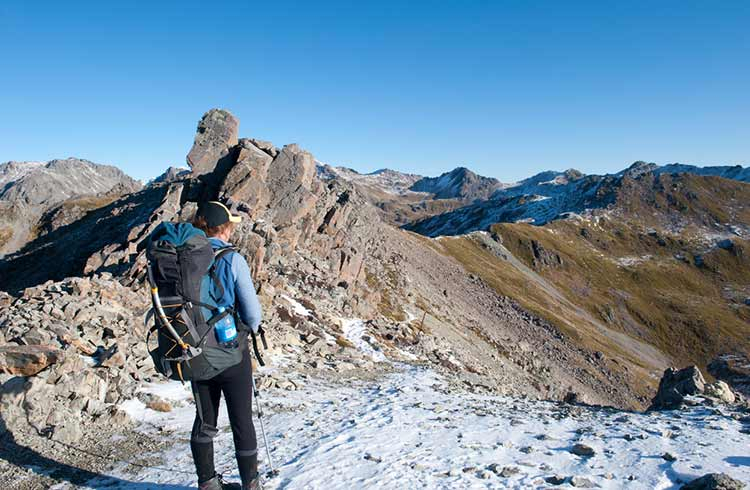
SOurce: atlasobscura.com 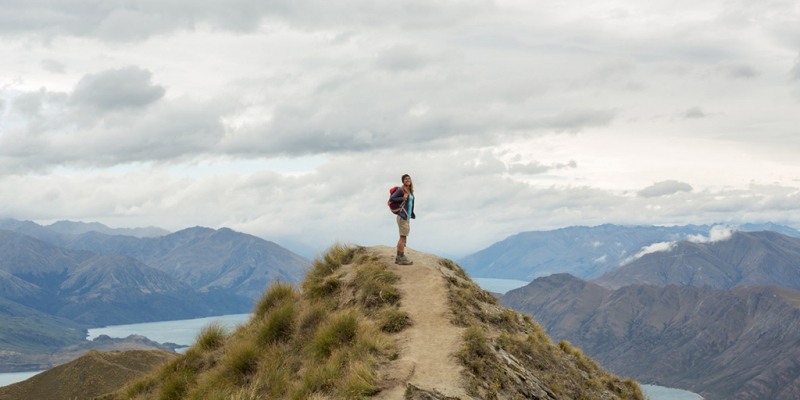
Source: teaomaori.news -
There are many active volcanoes in New Zealand, and eruptions occur often. In New Zealand, there are three types of volcanoes. In New Zealand, there are six volcanic areas: five on the North Island and one offshore in the Kermadec Islands. Volcanoes in New Zealand are divided into zones with more intense and long-lasting activity, and their location (as well as the composition of the lavas produced) can be linked to the large-scale movement of the tectonic plates in the region.
The Taupo Volcanic Zone has seen the most volcanism in New Zealand over the last 1.6 million years (TVZ). From Whakaari/White Island to Ruapehu, the zone is defined. On a global scale, the Taupo Volcanic Zone is extraordinarily active, with three often active cone volcanoes (Ruapehu, Tongariro/Ngauruhoe, and Whakaari/White Island) and two of the world's most productive calderas (Okataina and Taupo). It is one of the things about New Zealand you should know.
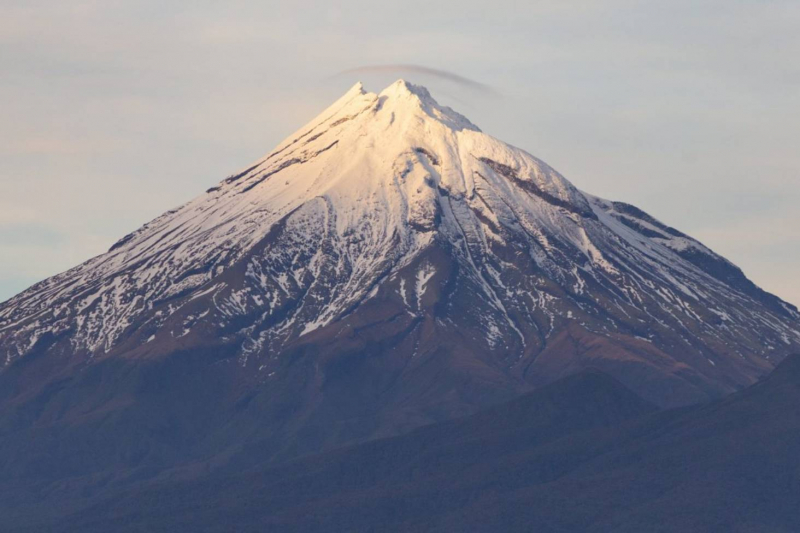
Source: pinterest.com 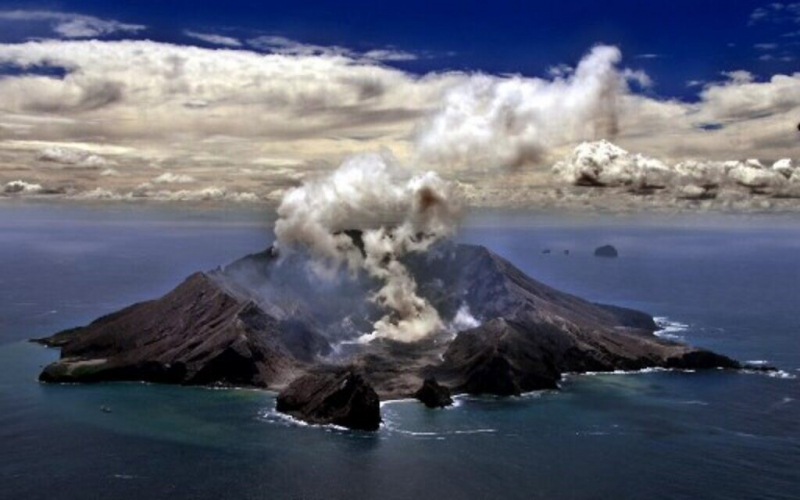
Source: dontgetserious.com -
People celebrate Christmas in the summer since people live in the Southern Hemisphere, when the Phutukawa tree is full of bright red petals. Some believe that if the tree blossoms in early December, you will have a long summer. According to Maori legend, the tree brings 'Arhoa' (the Maori term for love) to the land and its inhabitants.
Christmas traditions in New Zealand are similar to those in Australia in that they include British and North American elements, such as winter imagery in Christmas symbols. However, because Christmas falls during the summer season in the Southern Hemisphere, numerous local traditions have developed as a result of the warmer weather. Summer fruits and vegetables, a variety of meats and shellfish, and pavlova are among the Christmas foods served in New Zealand (a meringue-based dessert popular in Australasia). The phutukawa, a New Zealand Christmas tree, is on exhibit beside the conventional Northern European tree. This is one of the things about New Zealand you should know.
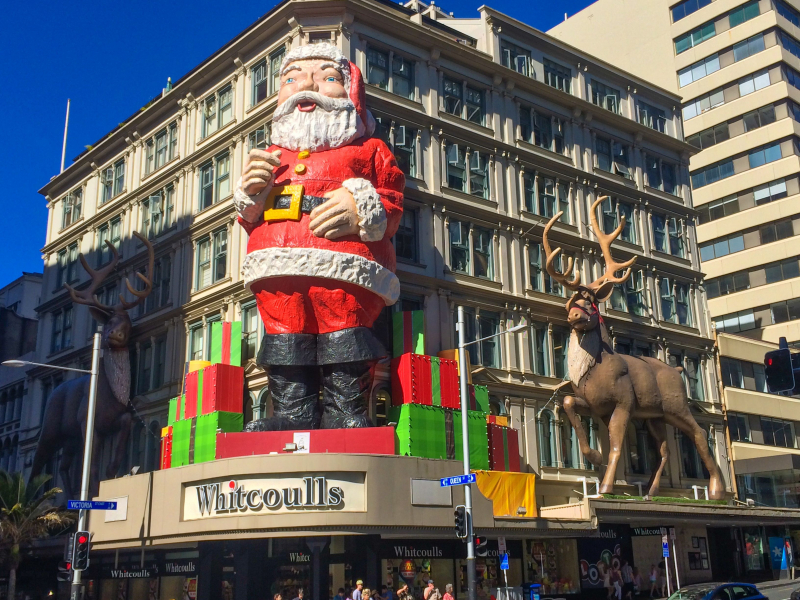
Source: tripsavvy.com 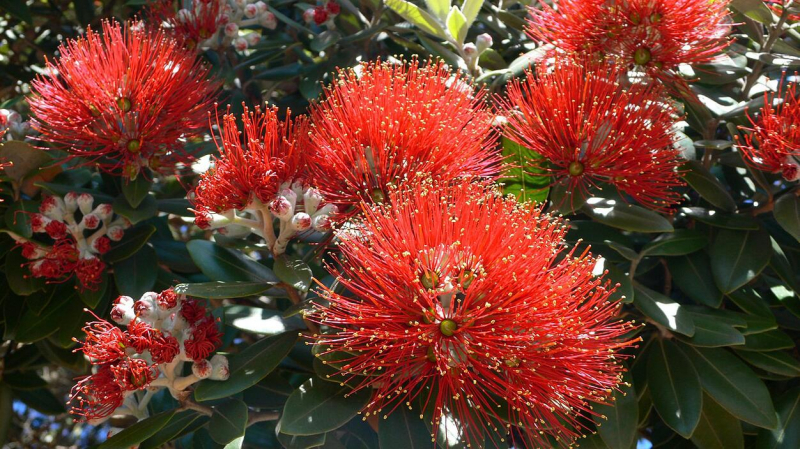
Source: thebestnest.co.nz -
Do you enjoy mountains and music? Rhythm & Alps Fest is the type of festival to which you may take a road trip. It is a one-of-a-kind camping and summer event in New Zealand that combines world-class musicians, DJs, and festival-goers together to celebrate New Year's Eve. Hot showers, a dining village, a chill zone, a swimming hole, phone charging, and other amenities are available at the campground. Come to Rhythm & Alps Fest for one of the most distinctive New Zealand music events in the world.
Rhythm and Alps (also known as R&A) is the South Island sister event of Rhythm & Vines, held in Cardrona Valley near Wanaka, New Zealand. The event debuted in Terrace Downs (Mount Hutt) in 2011 and moved to its present location Cardrona Valley in 2013.
Ring in the New Year at Rhythm and Alps(opens in new window), the South Island sibling of Gisborne's Rhythm and Vines. The three-day music festival draws 10,000 people to the gorgeous Cardrona Valley, only 15 minutes from Wanaka, to witness 50 international and local performers play over four stages. Pitch your own tent, bring a campervan, or rent a teepee.
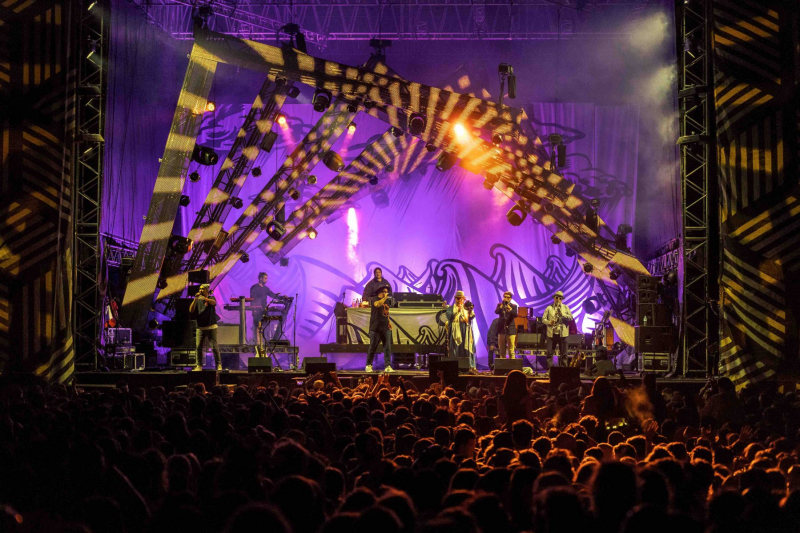
Source: rhythmandalps.co.nz 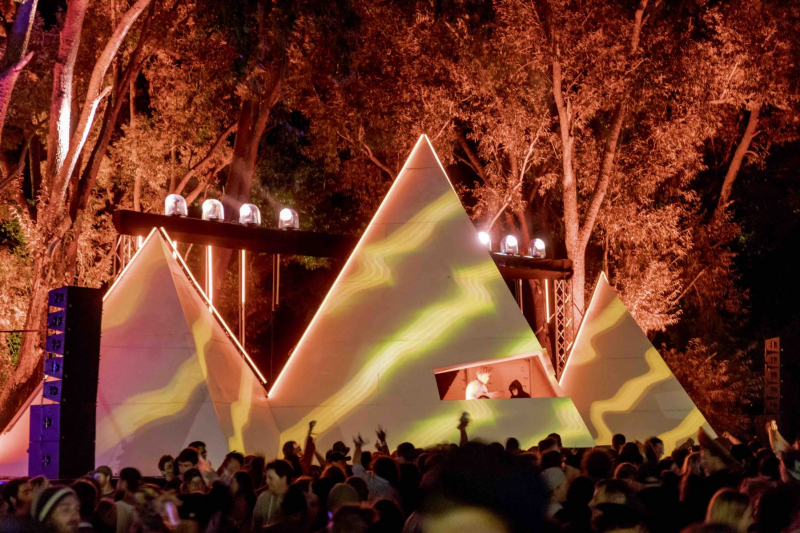
Source: rhythmandalps.co.nz -
A hangi is a traditional Maori meal cooked by steaming food in a hole in the ground. The term 'hangi' has several translations, but the most popular is 'to create,' or 'to produce anything.' Cooking a hangi is a time-consuming operation that might take many hours. In general, a great quantity of food is prepared with the anticipation that it would be given to a large group of people.
Baskets of food are placed on top after they have been wrapped with a damp towel, producing a lot of steam. Chicken, potatoes, pumpkins, kumara (sweet potatoes), and carrots are often served as a side dish, so now is the time to include them. So that steam does not escape from the pit, the hole is carefully covered with soil from the borders up to the top of the pile. Maori substitute plant leaves for spices and salt in their dishes. Horopito and kawakawa are the most common flavor enhancers, while crushed seaweed is frequently added to the hangi. The dish is ready to be served after 2-3 hours of slow cooking.
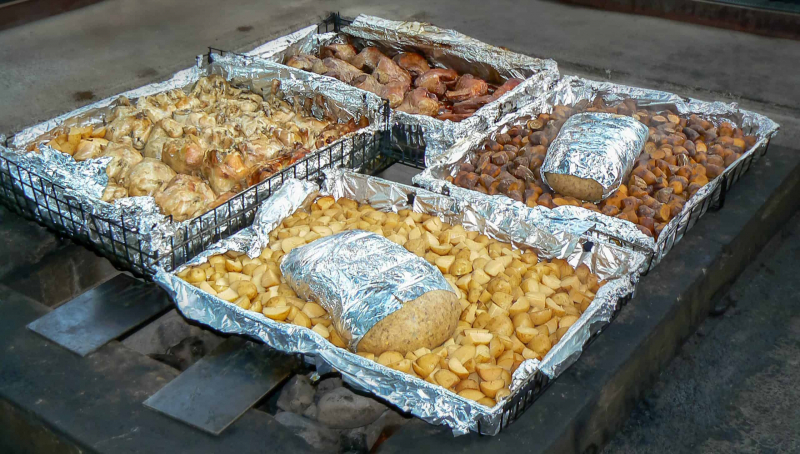
Source: odysseytraveller.com 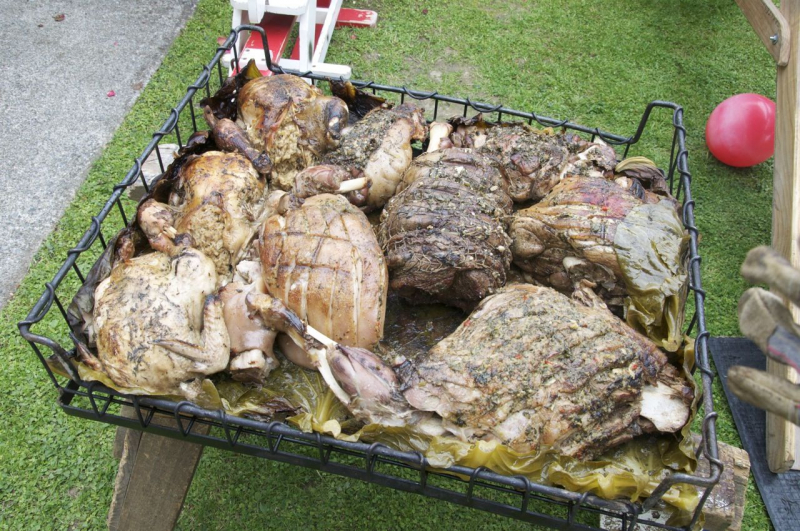
Source: pinterest.com














